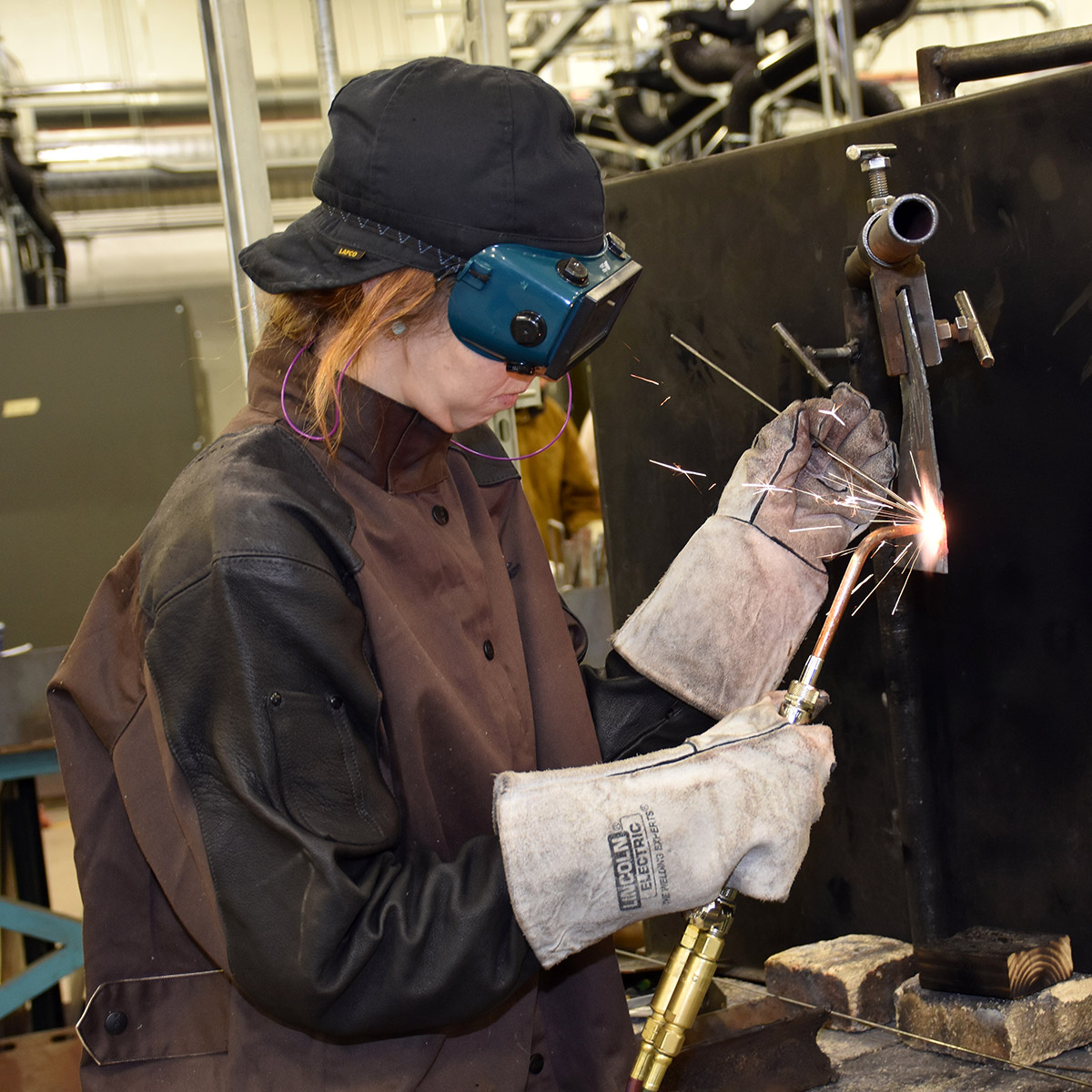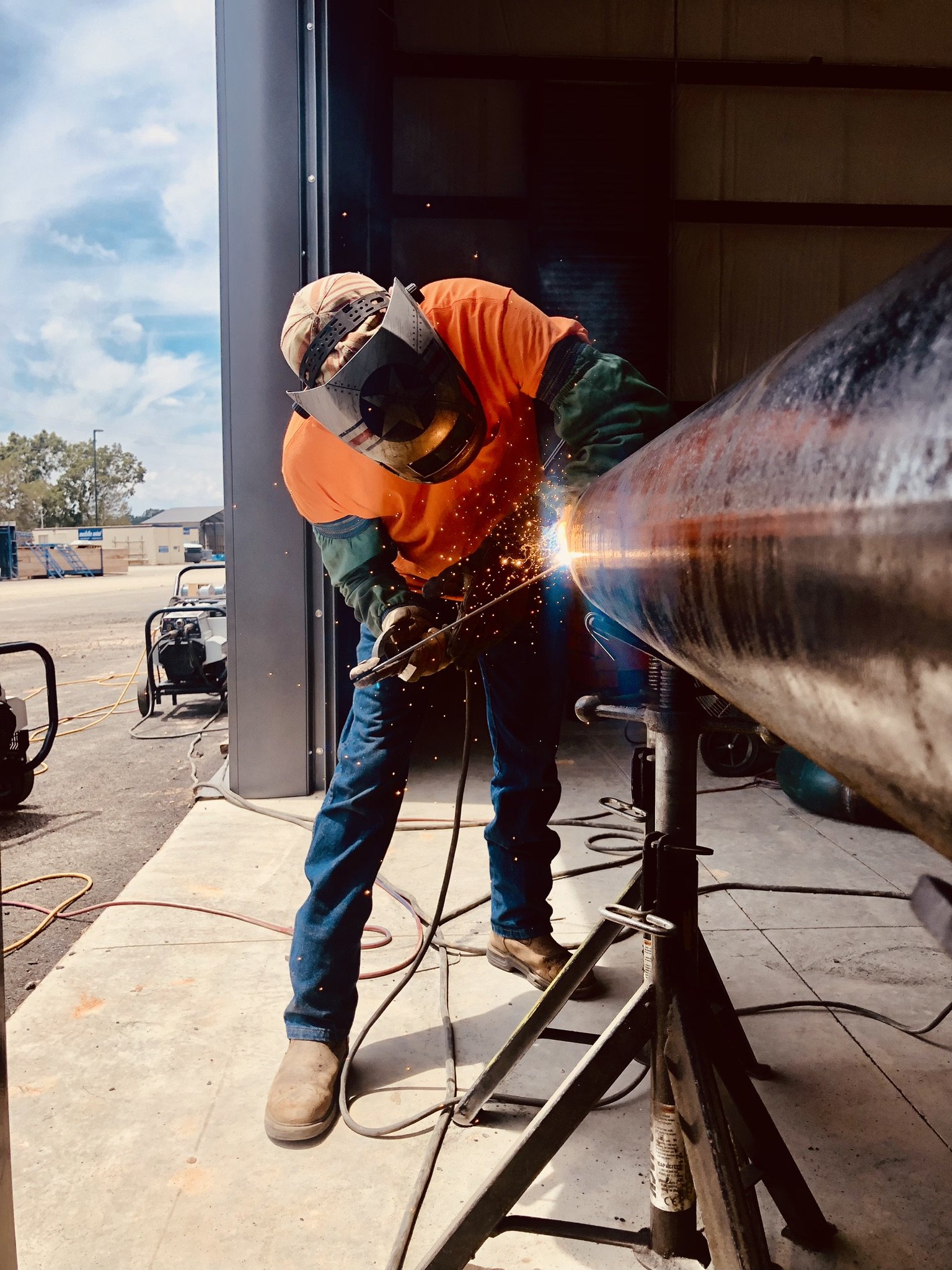Typical Welding Repair Service Issues and Just How to Address Them Properly
Welding repair work frequently run into a range of issues that can endanger the integrity of the final product. Usual problems consist of poor infiltration, porosity, and misalignment, among others. Each problem provides special challenges that need specific approaches for resolution. Recognizing these issues is crucial for welders intending to boost their skills and outcomes. This conversation will check out these common welding repair work issues and reliable techniques to address them.
Insufficient Infiltration
Poor penetration occurs when the weld steel fails to fully fuse with the base material, resulting in weak joints and potential architectural failures. This concern often stems from not enough heat input, wrong electrode angle, or improper welding speed. Welders might run into poor penetration as a result of a miscalculation of the essential specifications for a certain material density or type. Additionally, contamination on the base product's surface area can hinder efficient bonding, aggravating the issue. To attend to poor penetration, welders ought to guarantee suitable settings on their tools and keep a tidy job surface. Regular examination of welds is recommended to determine any kind of shortages early, enabling timely corrections and the prevention of endangered architectural stability in welded assemblies.
Porosity
Porosity is a typical problem in bonded joints that materializes as tiny gas bubbles caught within the weld metal. This issue can jeopardize the integrity of the weld, leading to reduced stamina and potential failing under stress. Montana Mobile Welding and Repair Fabrication. Porosity normally arises from contamination, moisture, or improper welding methods, which permit gases to run away into the molten weld swimming pool. To attend to porosity, welders must guarantee appropriate surface area preparation, preserve a tidy workplace, and use appropriate welding parameters. In addition, selecting the appropriate filler product and securing gas can mitigate gas entrapment. Routine assessment and testing of welds can aid determine porosity early, guaranteeing timely restorative actions are taken, thereby maintaining the high quality and dependability of the welded structure
Imbalance
Imbalance in welding can emerge from various variables, consisting of inappropriate arrangement and thermal growth. Understanding the source is necessary for reliable resolution. A number of improvement strategies are available to straighten components and guarantee architectural honesty.
Reasons for Imbalance
Welding misalignment commonly originates from a range of underlying issues that can compromise architectural honesty. One key reason is inappropriate fit-up of parts prior to welding, which can result in gaps and irregular surface areas. Variations in thermal expansion throughout the welding process can likewise cause distortion, specifically if the materials being signed up with have different coefficients of development. Furthermore, poor clamping and fixturing may fail to hold components safely in position, causing movement during welding. Poorly kept equipment, consisting of welding equipments and tools, might introduce incongruities in the weld bead, further adding to imbalance. Operator error, stemming from insufficient training or experience, can also play a considerable function in producing misaligned welds.

Adjustment Methods Available
Dealing with imbalance properly requires a combination of corrective techniques customized to the certain concerns handy. One common approach is making use of fixtures or jigs to hold parts in the proper position throughout welding, ensuring constant positioning. Additionally, preheating the products can assist decrease distortion and improve fit-up. For considerable imbalance, mechanical realignment techniques, such as making use of hydraulic jacks or clamps, can be utilized to remedy the setting prior to welding. Post-weld heat therapy may likewise be necessary to soothe anxieties brought on by imbalance. Careful assessment and adjustment throughout the setup stage can protect against misalignment concerns from coming to be significant problems, promoting a smoother welding procedure and boosting total structural integrity.
Distortion
Distortion is a typical difficulty in welding that can develop from various elements, including uneven cooling and heating. Comprehending the reasons for distortion is necessary for applying efficient prevention techniques. Addressing this issue not only improves architectural stability however also enhances the total high quality of the weld.
Root causes of Distortion
When based on the extreme warm of welding, products commonly go through adjustments that can bring about distortion. This sensation primarily occurs from thermal growth and tightening throughout the welding procedure. As the weld location warms up, the material increases; upon air conditioning, it gets, which can create interior stress and anxieties. Furthermore, uneven home heating throughout a work surface can exacerbate these anxieties, causing bending or bending. The sort of material additionally plays a considerable duty; metals with differing thermal conductivity and coefficients of development might respond differently, resulting in unforeseeable distortions. In addition, bad joint layout and poor fixturing can add to imbalance during welding, boosting the possibility of distortion. Comprehending these reasons is necessary for efficient welding repair work and prevention methods.
Avoidance Techniques
Efficient prevention strategies for distortion during welding concentrate on regulating heat input and making sure proper joint style. Keeping a regular warmth input aids to reduce thermal development and tightening, which can lead to distortion. Making use of techniques such as pre-heating the workpiece can likewise minimize the temperature level slope, advertising uniform home heating. In addition, selecting appropriate joint layouts, such as T-joints or lap joints, can improve security and reduce stress focus. Implementing proper fixturing to safeguard the work surfaces in area additionally aids in maintaining alignment throughout the welding procedure. Finally, staggered welding series can distribute warmth more equally, preventing local distortion. By using these techniques, welders can considerably decrease the possibility of distortion and boost the general top quality of their welds.
Fracturing
Cracking is an usual issue experienced in welding fixings, frequently resulting from numerous factors such as improper cooling rates, product choice, or inadequate joint prep work. The occurrence of cracks can substantially jeopardize the honesty of the weld, resulting in prospective failures throughout operation. To resolve this problem, welders have to initially examine the root creates, making sure that materials are compatible and suitably picked for the specific application. Furthermore, regulating the air conditioning price throughout the welding procedure is essential; fast cooling can generate anxiety and result in cracking. Appropriate joint style and preparation additionally try this web-site add to minimizing the threat. Applying these methods can enhance weld top quality and sturdiness, eventually lowering the probability of splitting in finished weldments.

Incomplete Blend
A significant issue in welding fixings is incomplete fusion, which happens when the weld steel does not adequately bond with the base product or previous weld passes - Fabrication. This issue can bring about weak points in the joint, possibly compromising the honesty of the bonded framework. Factors adding to insufficient fusion include insufficient warm input, incorrect welding micro welding technique, and contamination of the surfaces being joined. To address this issue properly, welders need to ensure proper pre-weld cleaning and surface prep work, as well as change their welding criteria to accomplish appropriate infiltration and combination. Normal assessment during the welding process can also help determine incomplete combination early, permitting prompt corrective steps to enhance the total top quality of the weld
Overheating
While welding repair services can enhance architectural integrity, overheating offers a significant challenge that can result in material deterioration. Excessive heat throughout welding can modify the mechanical properties of metals, leading to lowered stamina, enhanced brittleness, and warping. This sensation is especially critical in high-stress applications where structural dependability is vital. Determining getting too hot can entail aesthetic inspections for staining or distortion, in addition to checking temperature level during the welding process. To mitigate the risks related to overheating, welders ought to employ proper methods, such as regulating warmth input, changing travel rate, and using suitable filler materials. In addition, applying pre- and post-weld warmth treatments can assist recover material residential properties and boost the general high quality of the repair service, making certain long-lasting efficiency and safety and security.
Frequently Asked Questions
What Are the Common Signs of a Welding Flaw?

Just How Can I Examine My Welds for Top quality?
To evaluate welds for quality, one can utilize aesthetic assessments, ultrasonic testing, and radiographic approaches. Each technique guarantees structural honesty, recognizes issues, and verifies adherence to specified standards, ultimately enhancing the dependability of the welded joints.
What Safety Preventative Measures Should I Take While Welding?
When welding, one should focus on security by using proper personal protective tools, guaranteeing proper air flow, protecting combustible products away, keeping a clean office, and being aware of environments to avoid injuries and crashes.
Can I Fix a Weld Without Redoing the Entire Joint?
Fixing a weld without redesigning the whole joint is feasible, depending upon the damages (Montana Mobile Welding and Repair). Techniques such as grinding, including filler material, or making use of a welding process can efficiently attend to details flaws while protecting the surrounding framework
What Devices Are Essential for Reliable Welding Fixes?
Vital devices for effective welding fixings include a welding machine, cord brush, mill, safety equipment, clamps, and filler products. Each device plays an essential function in making sure top quality and safety throughout the repair procedure. Porosity normally occurs from contamination, moisture, or inappropriate welding strategies, which allow gases to run away into the molten weld swimming pool. Improperly kept equipment, consisting of welding machines and devices, might present disparities in the weld bead, further adding to misalignment. When subjected to the intense heat of welding, products usually undergo adjustments that can lead to distortion. Breaking is an usual concern run into in welding repair services, frequently resulting from various elements such as inappropriate cooling prices, material choice, or insufficient joint prep work. A considerable problem in welding repairs is incomplete combination, which occurs when the weld steel does not properly bond with the base material or previous weld passes.